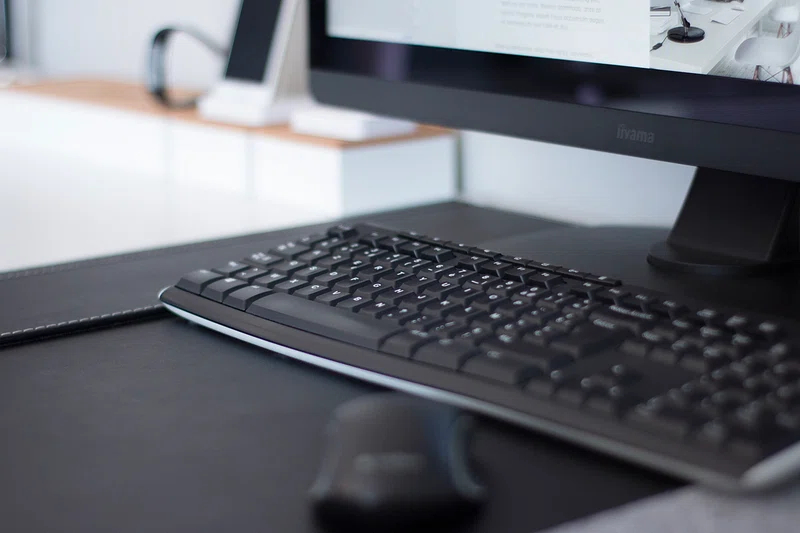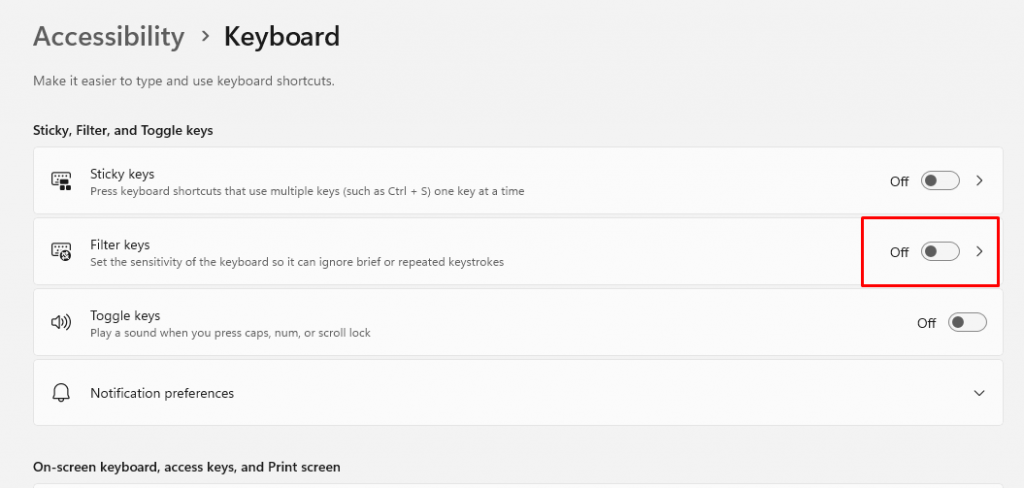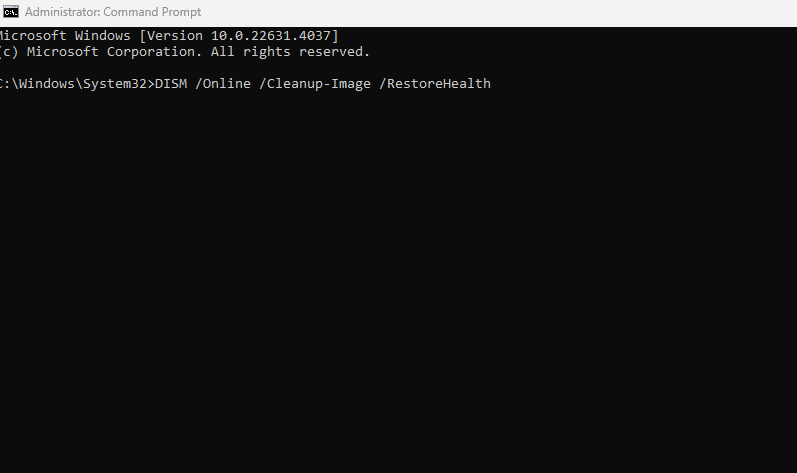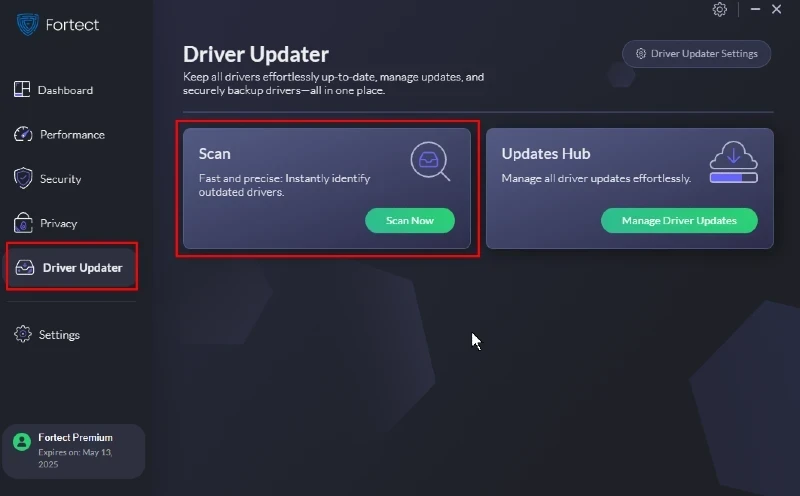How to Solve Windows 10/11 Keyboard Input Lag
Experiencing keyboard input lag on your Windows 10 or 11 devices can be frustrating when it disrupts your workflow or gaming experience. The lag may cause delayed responses to keystrokes, making typing feel sluggish and unresponsive. Fortunately, there are several ways to resolve this issue.
We will examine the common causes of keyboard lag in Windows 10 and 11 and provide practical steps to fix it.
Causes for Keyboard Input Lag in Windows 10/11
Keyboard lag can occur due to various factors. Here are some common causes:
- Outdated or corrupt keyboard drivers: If your keyboard drivers are outdated or corrupted, they can cause input lag.
- Filter Keys enabled: The Filter Keys feature can cause delays in registering keystrokes.
- Interference from other devices: Wireless keyboards can experience input lag due to interference from other wireless devices.
- Background processes: Resource-hogging background processes can slow down your computer, causing keyboard lag.
- Faulty USB ports or cables: Damaged or loose USB connections can delay keyboard input.
6 Ways to Fix Windows 10/11 Keyboard Input Lag
1. Basic Troubleshooting
Start with basic troubleshooting to identify and fix any simple issues. Most computer issues can be resolved by restarting or disconnecting and reconnecting applications.

Here are some other things you can do if you’re keyboard input is lagging:
- Disconnect and reconnect the Keyboard: Unplug your Keyboard and reconnect it to a different USB port. This can resolve temporary connectivity issues.
- Check cables: Ensure the keyboard cable is not damaged and securely connected to the computer.
- For wireless keyboards, Replace the batteries, ensure the Keyboard is within range, and eliminate any potential sources of interference, such as other wireless devices. You may also try disconnecting and reconnecting from Bluetooth to see if it works.
If the basic troubleshooting above doesn’t work, proceed to the following steps.
2. Run Windows Troubleshooter
Windows 10 and 11 have built-in troubleshooters that automatically detect and fix common hardware issues.
- Press Win + I to open Settings.
- Go to Update & Security > Troubleshoot > Additional troubleshooters.
- Select Keyboard and click Run the troubleshooter.
- Follow the on-screen instructions to complete the process.
3. Turn Off Filter Keys
Filter Keys is an accessibility feature that can slow down keyboard response times.

- Press Win + I to open Settings.
- Navigate to Ease of Access > Keyboard.
- Please scroll down to the Filter Keys section and toggle it off.
4. Change the Keyboard Properties
Adjusting the keyboard properties can improve input response.
- Press Win + R to open the Run dialog box.
- Type control and press Enter to open the Control Panel.
- Go to Keyboard> Speed tab.
- Adjust the Repeat delay and Repeat rate sliders to a faster setting.
5. Use the DISM Command
Deployment Imaging Service and Management Tool (DISM) can repair corrupted system files that might be causing the lag.

- Open Command Prompt as an administrator.
- Type the following command and press Enter: DISM /Online /Cleanup-Image /RestoreHealth
- Wait for the process to complete, then restart your computer.
6. Update Keyboard Driver
Updating your keyboard driver can resolve issues related to outdated or incompatible drivers.
- Press Win + X and select Device Manager.
- Expand the Keyboards section, right-click on your Keyboard, and select Update driver.
- Choose Search automatically for updated driver software and follow the prompts to complete the update.
For a hassle-free experience with scanning and updating drivers, consider investing in an all-in-one PC solution that includes a driver updater, like Fortect.

Fortect driver updater automatically scans all installed drivers, identifies outdated or faulty ones, and seamlessly updates them. A quick scan of your PC takes just minutes, and you’ll receive real-time notifications to keep you informed. If you need more time to commit to the premium version, you can try their free trial, which allows you to manually update a driver of your choice.
Download and install Fortect now.
Conclusion
Keyboard input lag in Windows 10/11 can significantly hinder, but it is often resolvable with the proper troubleshooting steps. Following the methods outlined in this guide—from basic checks to more advanced fixes—you can restore your Keyboard’s responsiveness and improve your overall computing experience.
If the issue persists after trying these solutions, consider consulting with a professional or exploring hardware replacement options.




